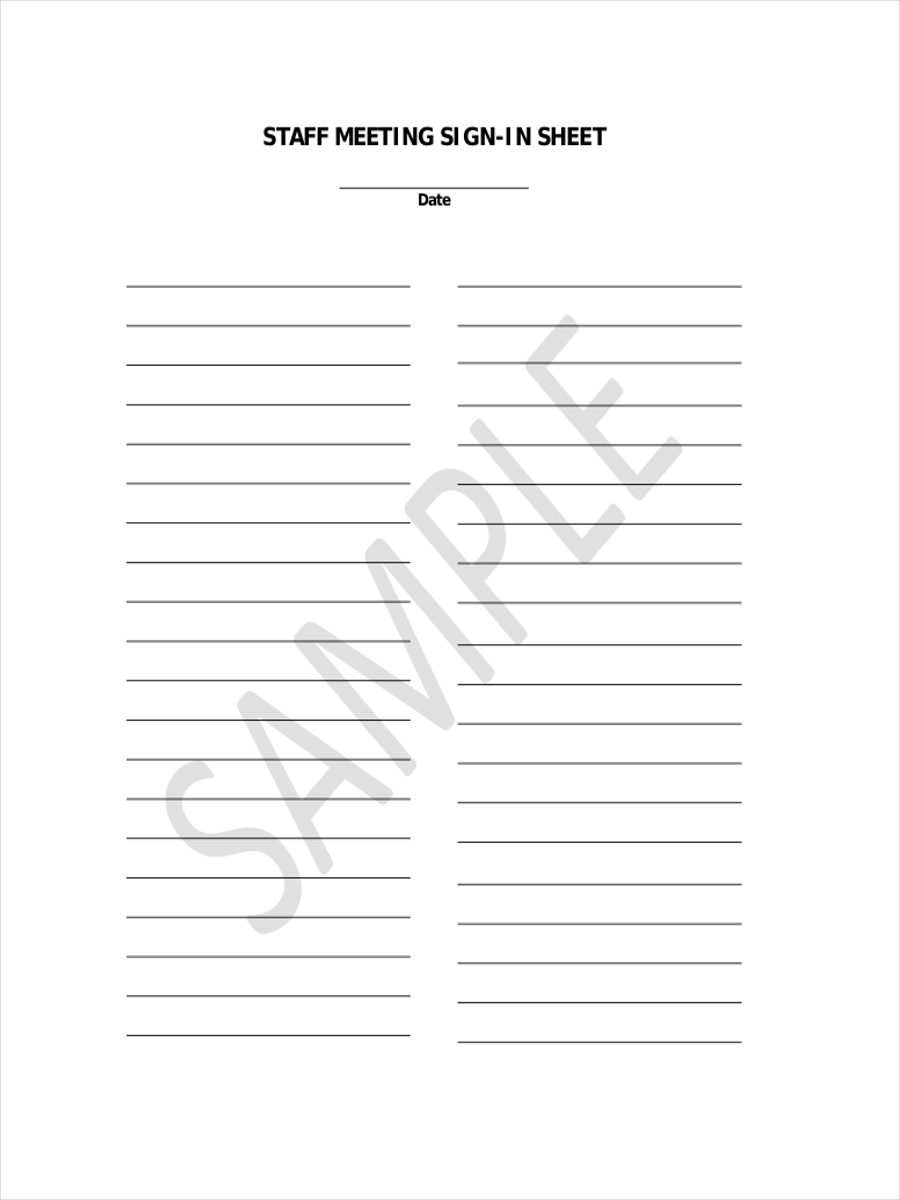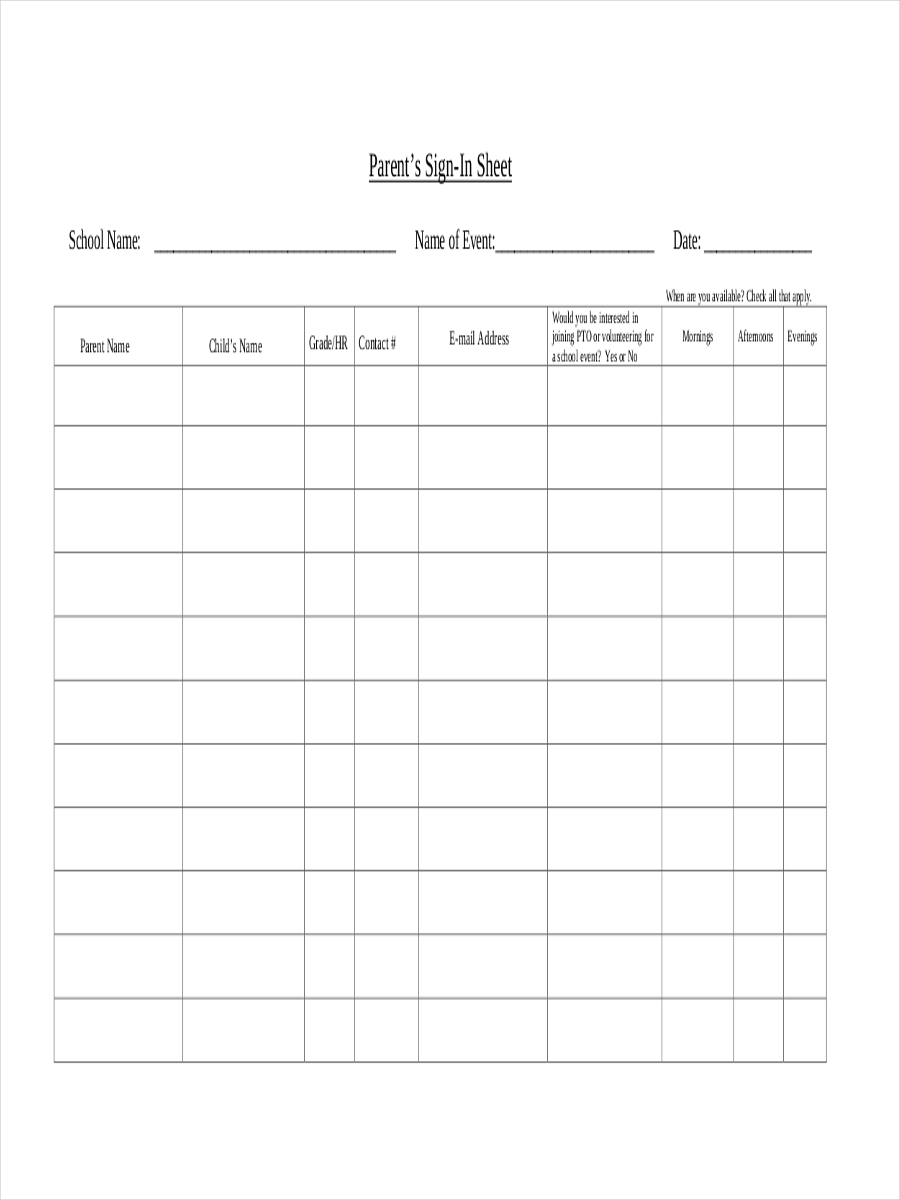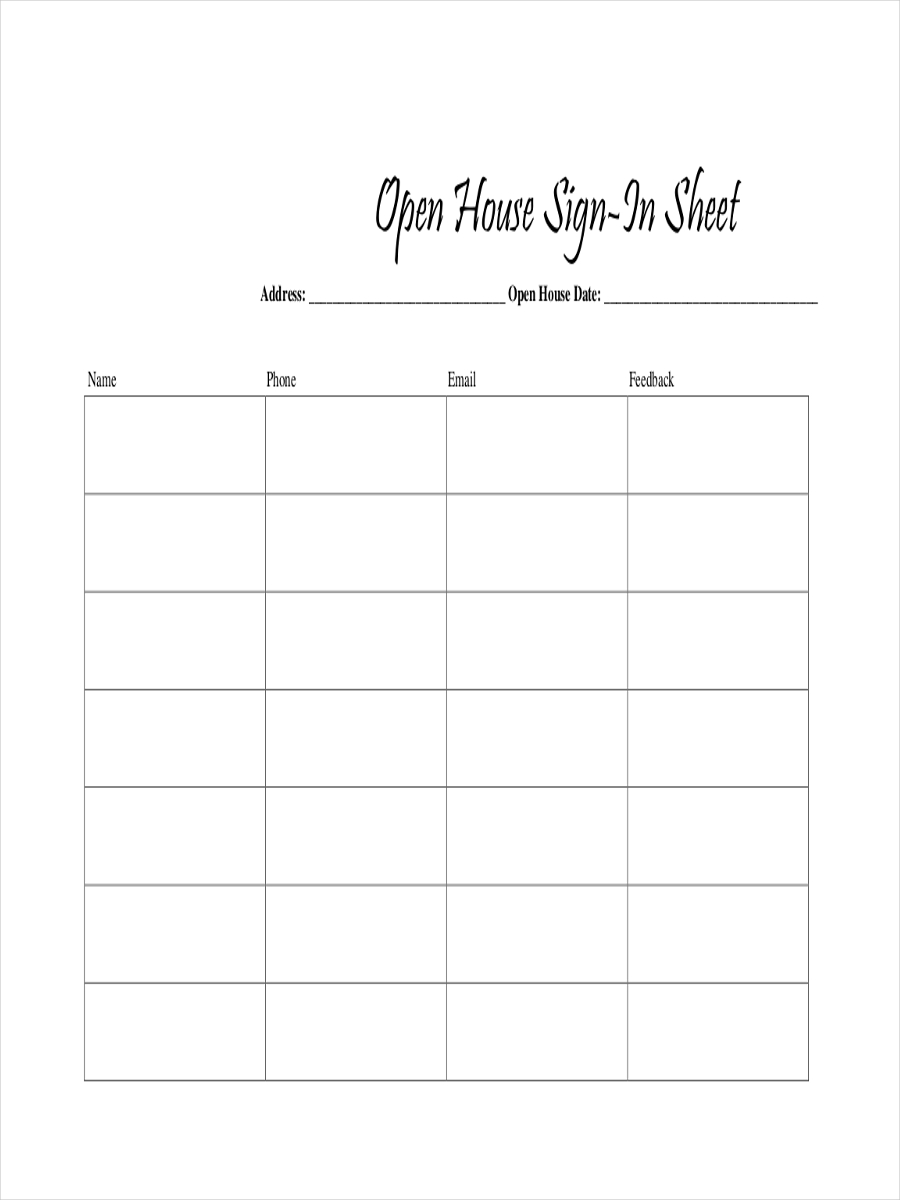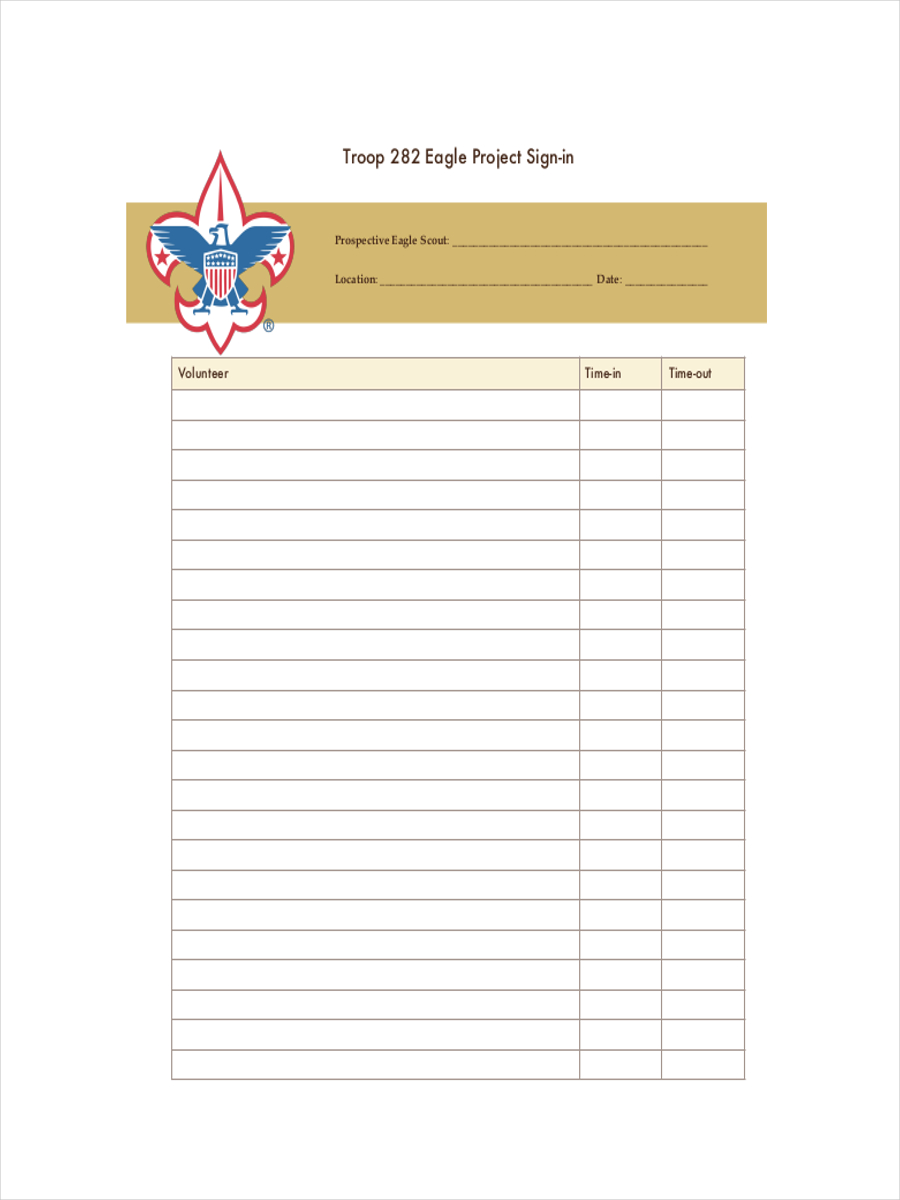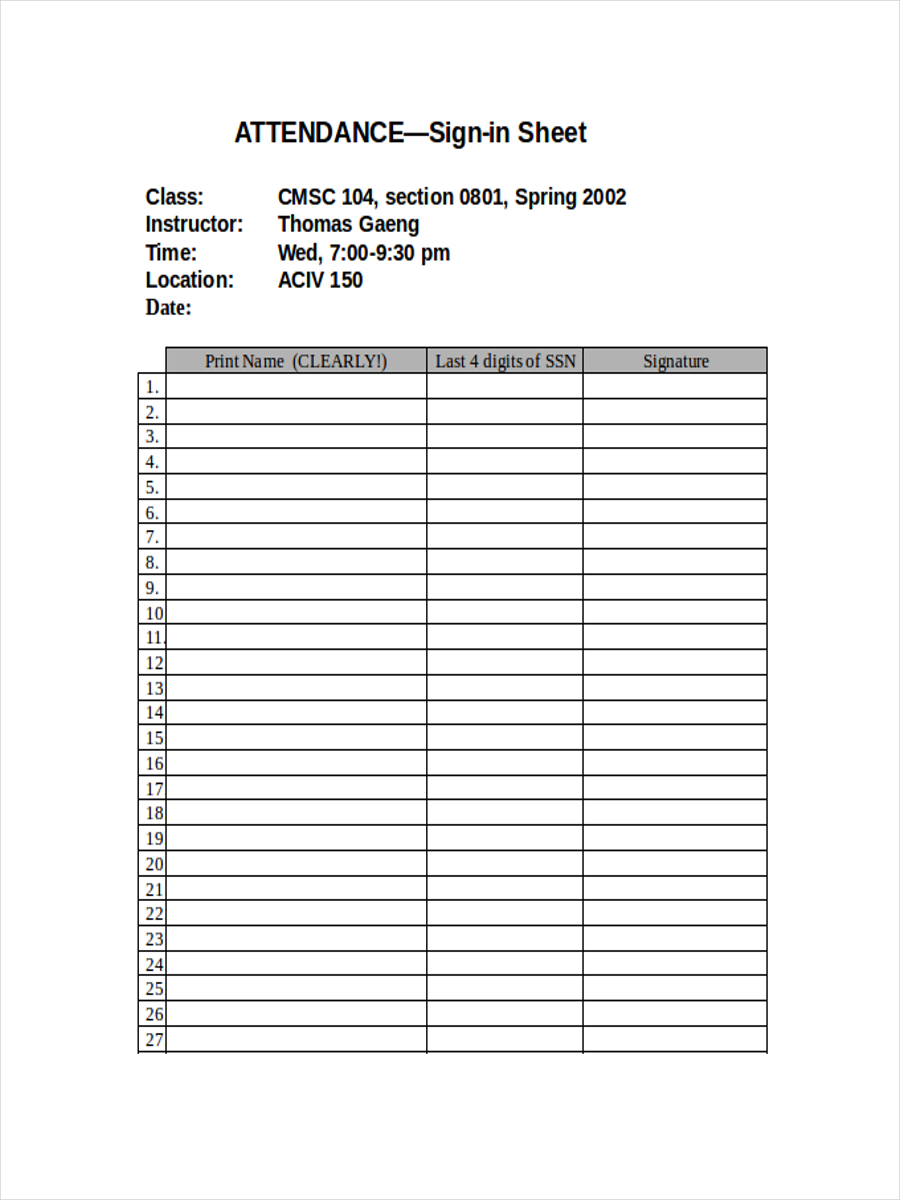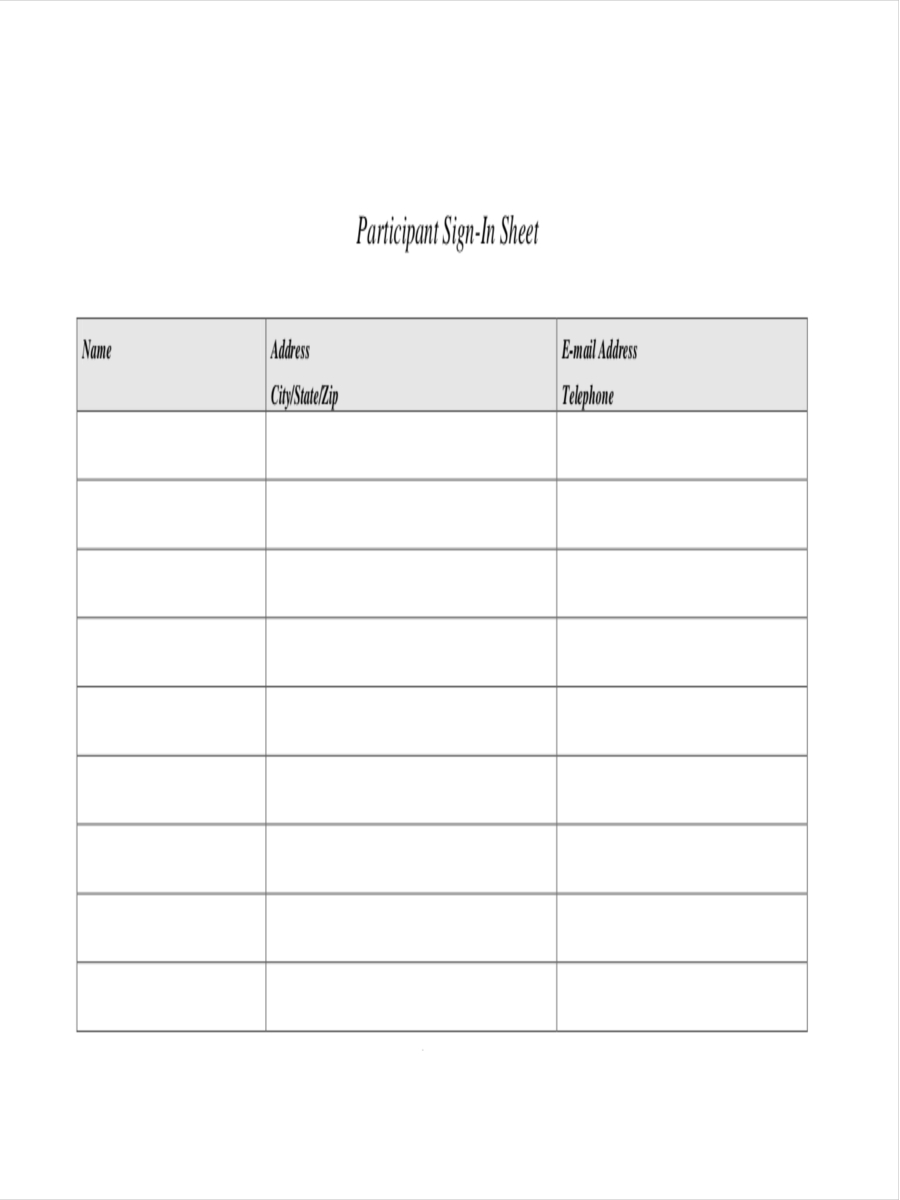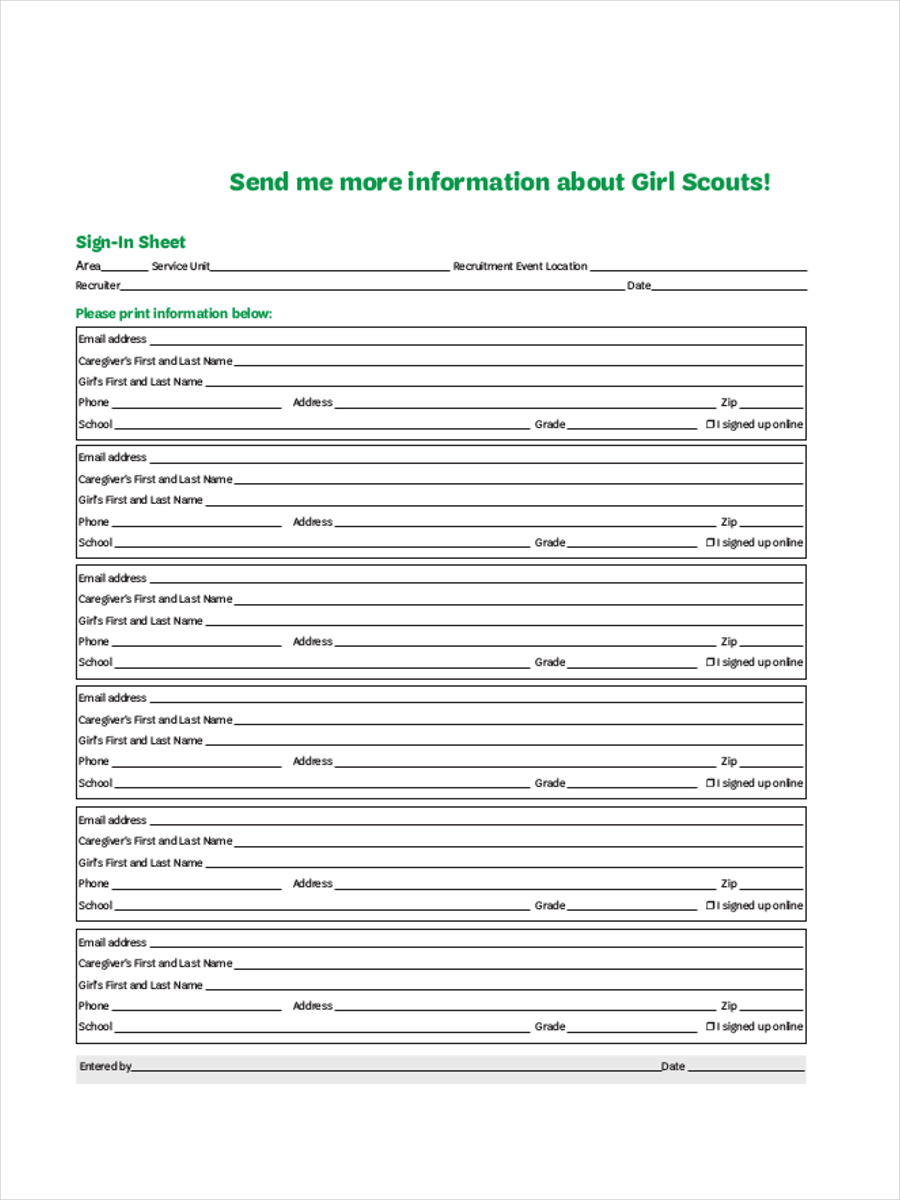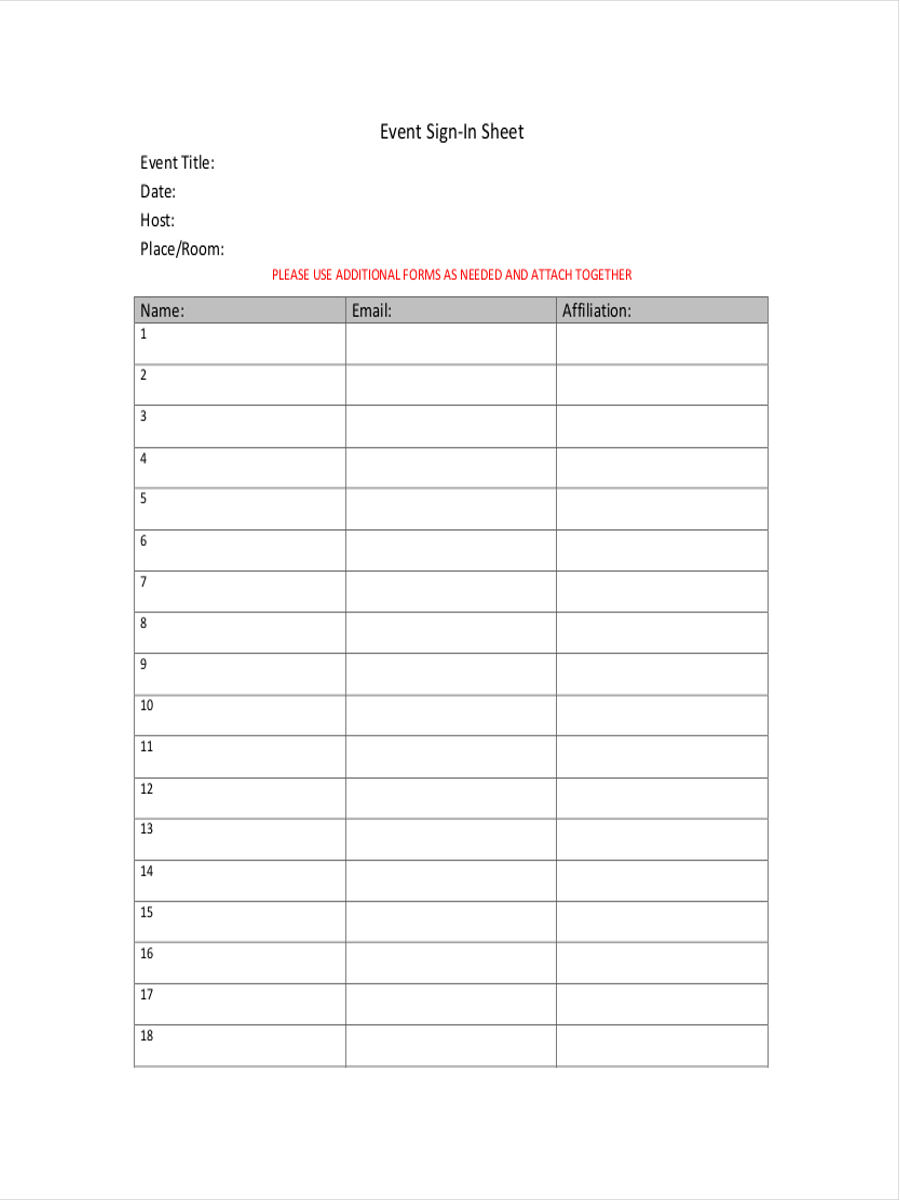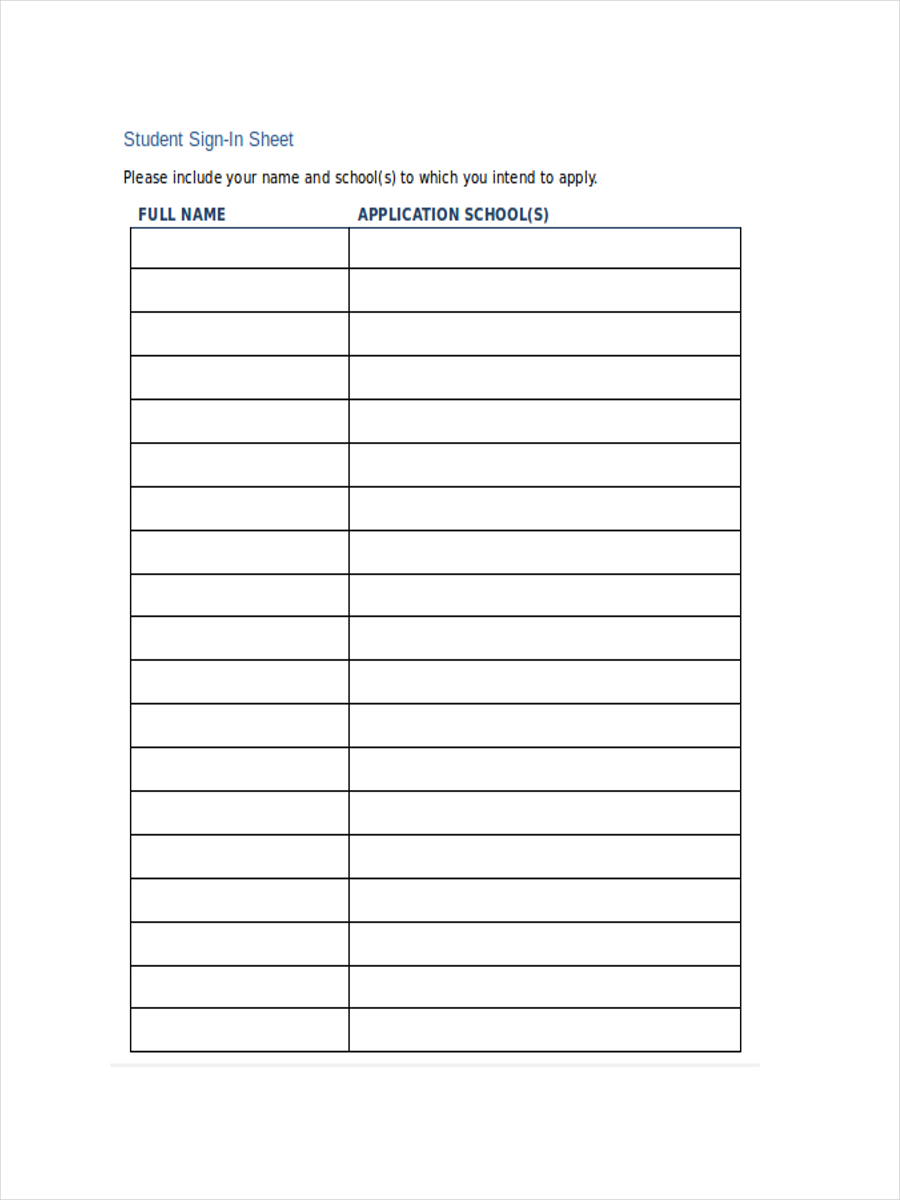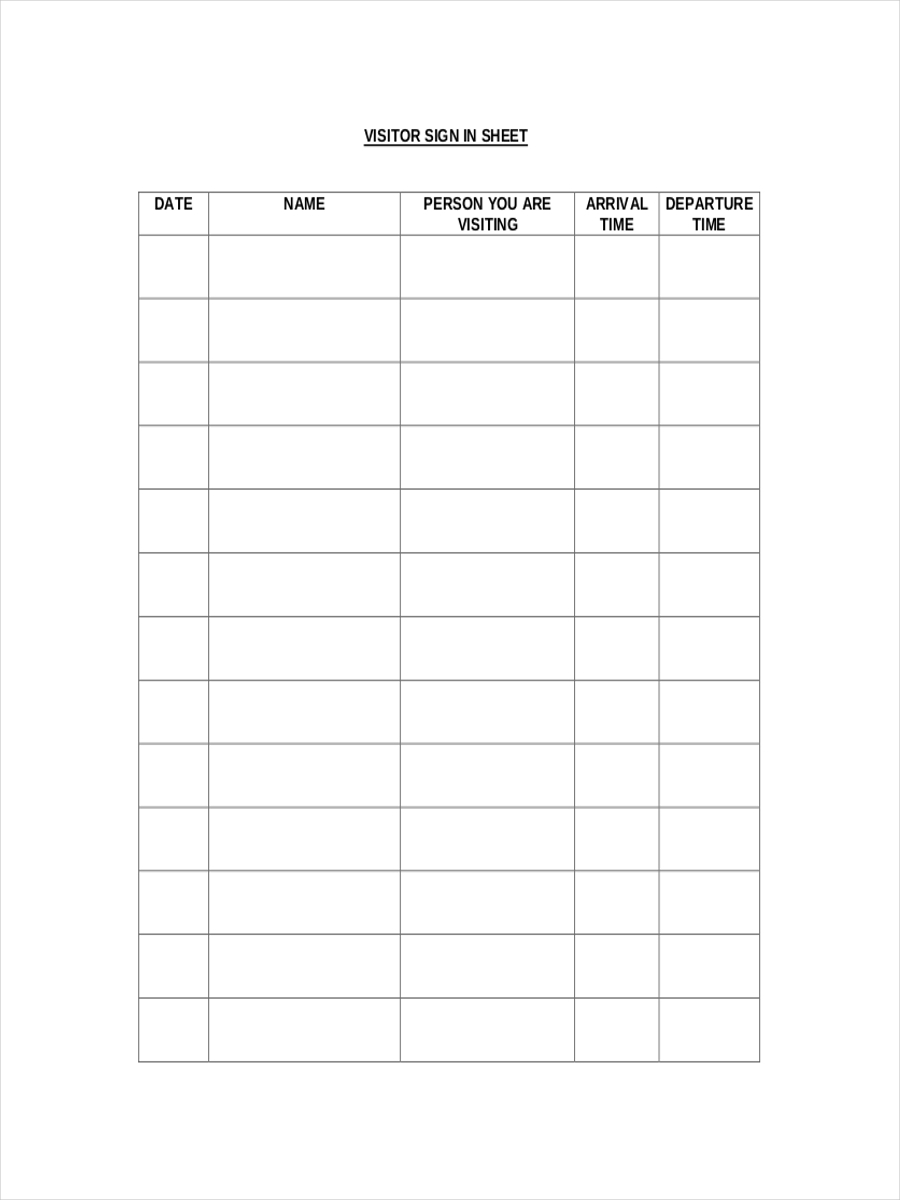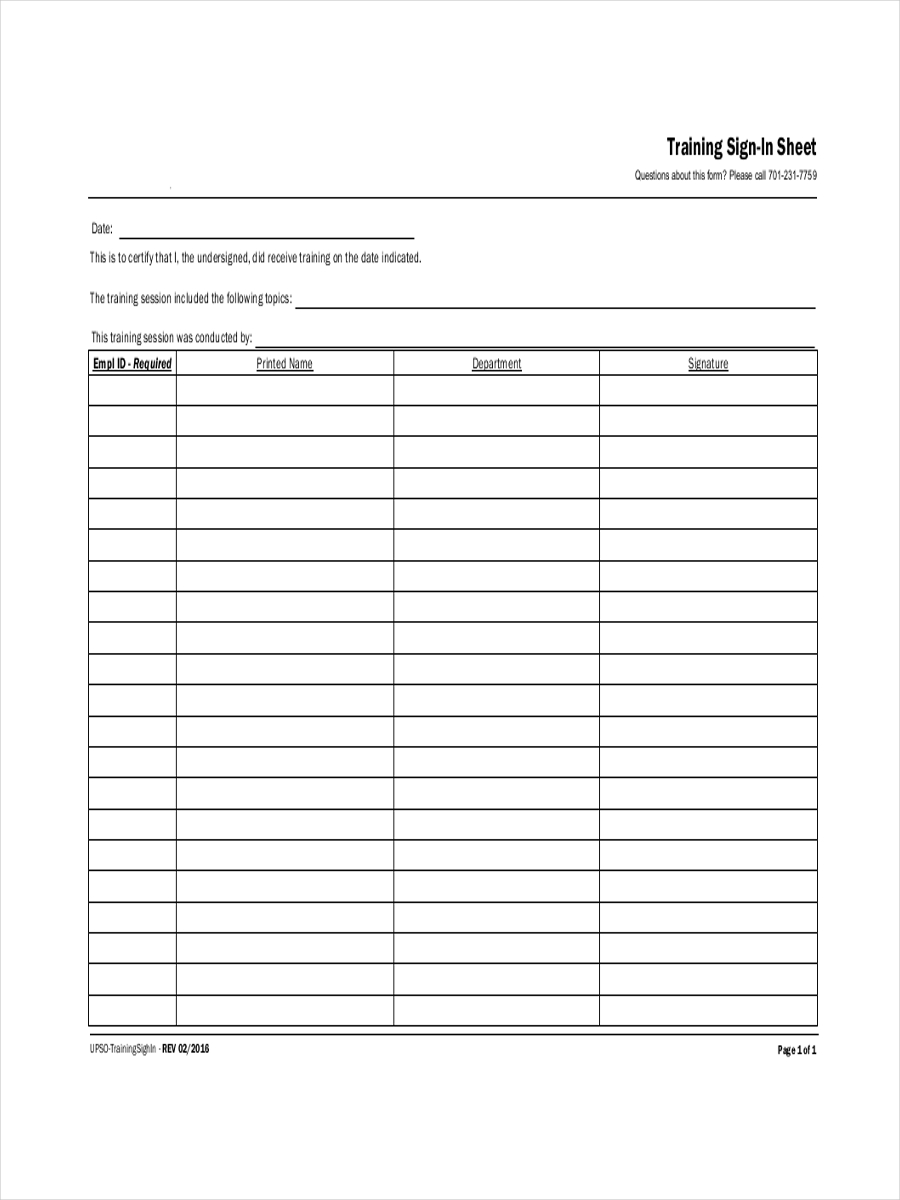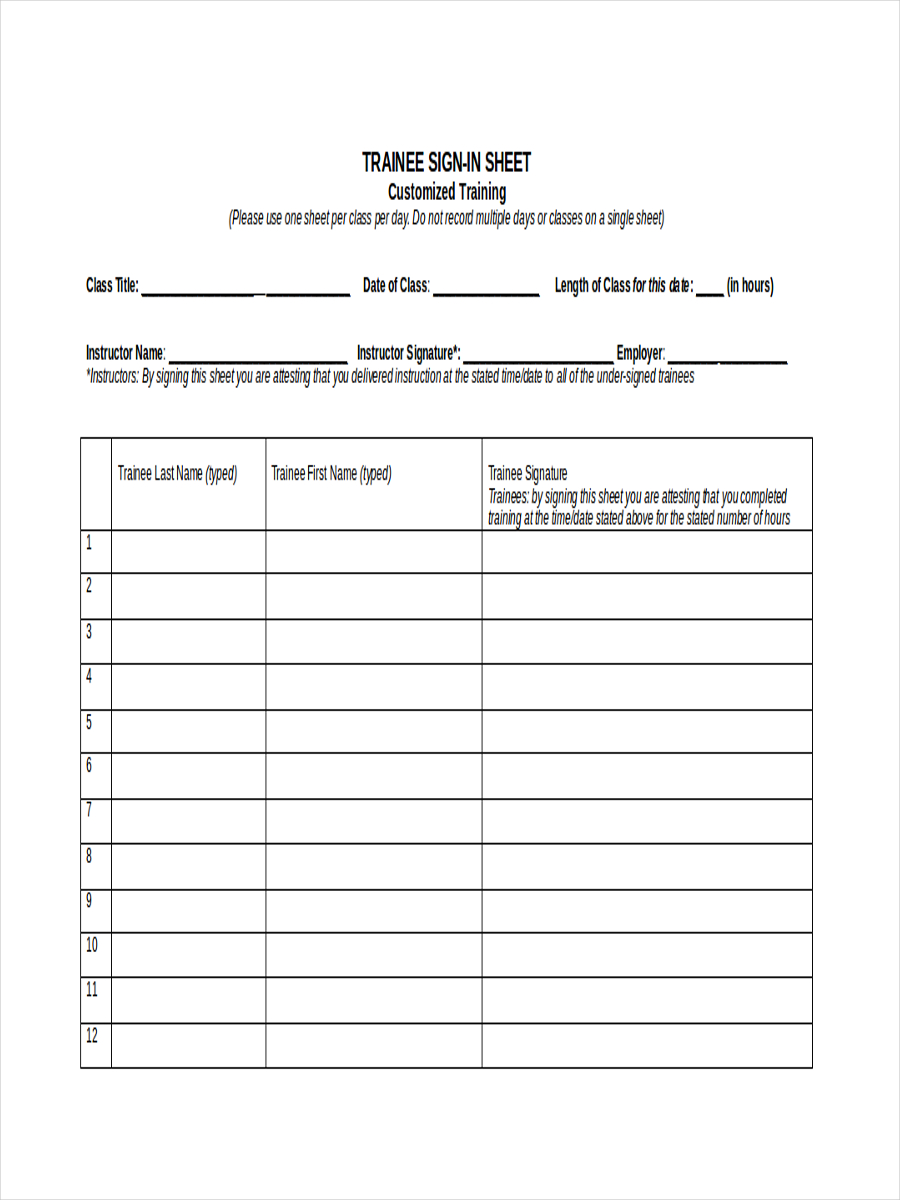17+ Sign-In Sheet Examples to Download
Before entering an event, you might have noticed the long lines outside the given venue. It seems hectic and time-consuming. You see people being ushered to a table where individuals are asked to sign a piece of paper before they are allowed to enter the venue. These are called sign-in sheets where you’re basically asked for your name, signature, and other relevant information.
Although you might not see the point of such, aside from the fact that it prolongs operations, sign-in fact sheets are more useful than you may think.
Sign in Sheet Example
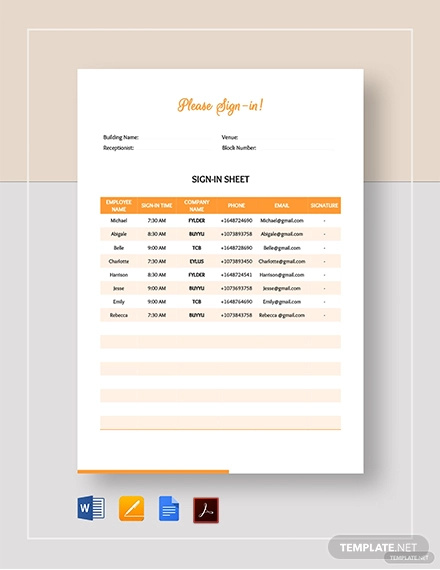
Daily Sign in Sheet Example
Sign In Sign Out Sheet

Funeral Sign in Sheet Example
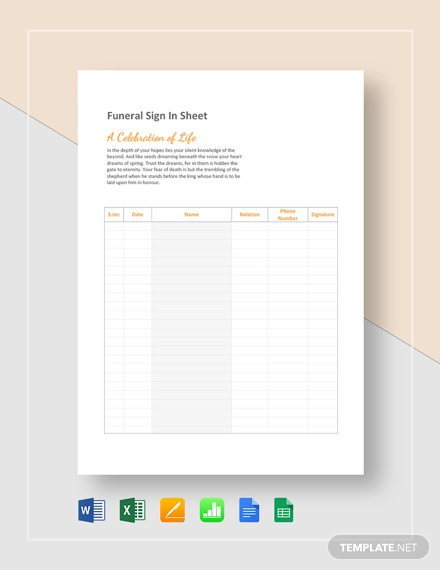
Customer Sign in Sheet Example
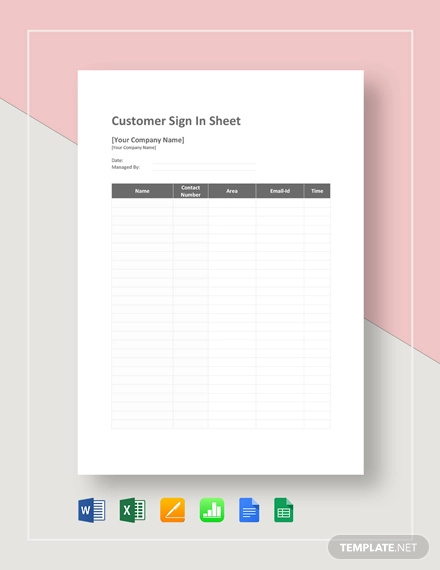
Meeting Sign-In Sheet Example
Parent Sign-In Sheet
Open House Sign-In Sheet
Volunteer Sign-In Sheet
Attendance Sign-In Sample Sheet
Participant Sign-In Sheet Example
What Is a Sign-In Sheet?
A sign-in or signup sheet is typically used in various settings. Generally, it is used to record something important to an entity, for instance, during exclusive events.
A sign-in sheet is used to document each attendee before they enter a venue while a sign-out sheet is used to record the individual’s attendance throughout the event. With this, organizers may easily observe the progress or success of the given event.
How to Make a Sign-In Sheet?
When making a sign-in sheet, you need to have one thing in mind:
Practicality.
There should be enough space provided to input the required data of an individual. It should cater to different handwriting that vary in sizes. This is so the given data may be clearly written and easily understood.
A typical sign-in sheet would include a field for an individual’s name and signature. Anything else will depend on what information you wish to acquire from a person. It’s important to make the signup sheet clear and neat for it to be understandable to everyone involved.
Recruitment Sign-In Sheet
Event Sign-In Sheet Example
Sign-In Sheet for Student
Development Sign-In Sheet
Visitor Sign-In Sample Sheet
Training Sign-In Sheet Example
Customized Sign-In Sample Sheet
Importance of a Sign-In Sheet
Using a sign-in sheet as a form of documentation is an effective way of monitoring the number of attendees of a given event or program.
Not only can you assess the success of a given event but it is also a good way of gaining suggestions and opinions from the attendees. For business or school-related activities, sign-in sheets are used to record individual attendance. The data given may then be essential for various purposes or future reference sheet.
Furthermore, a sign-in sheet will allow an organization to properly control the number of attendees, especially for venues that can only cater to a limited audience.
Guidelines for Creating a Sign-In Sheet
- Provide clear instructions. This could be anything from important reminders or disclaimers that a person would need to take note of before signing.
- Organize entries properly. To do so, it’s best to present your sheet through a table. This way, data may be organized accordingly. You can use ready-made and free sheets to use for your sign-in sheet.
- Ask what is necessary. Anything that won’t be useful to you or the sign should be disregarded to make things a lot easier for both parties.
- Proper numbering. Although this is only optional, providing proper numbering to your sheet will make it easier for you to evaluate each entry in the sheet.




